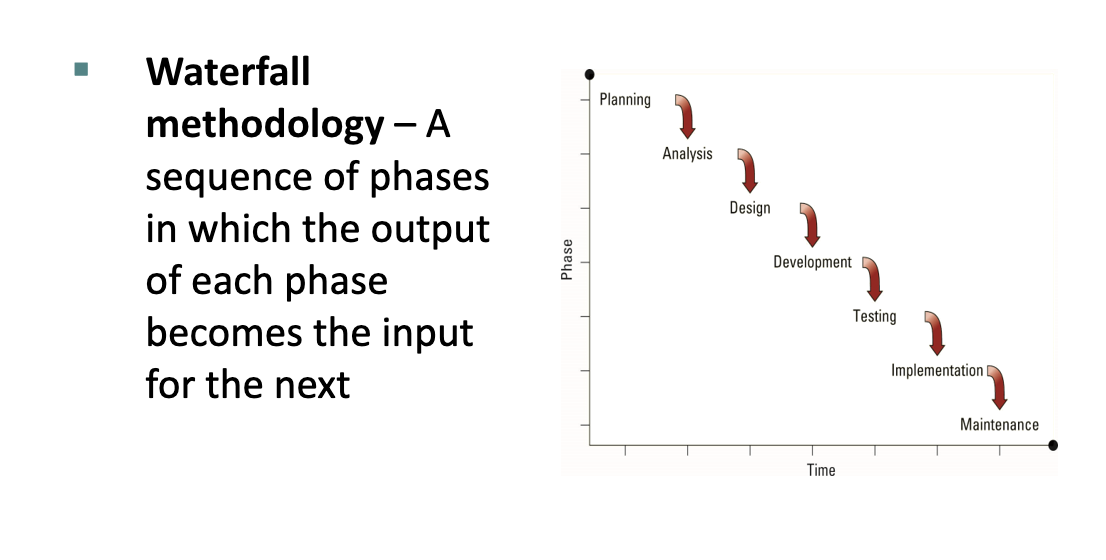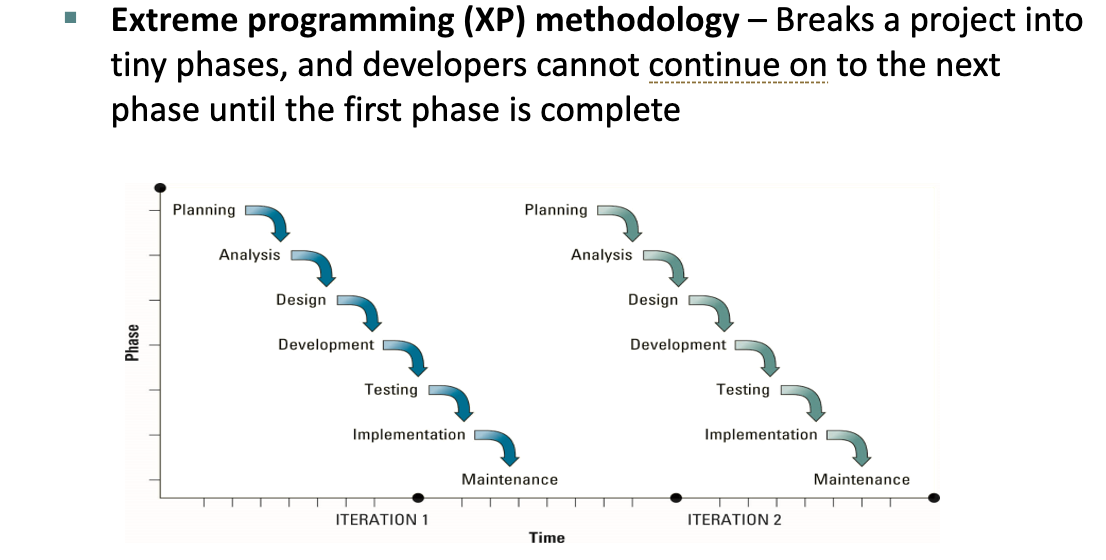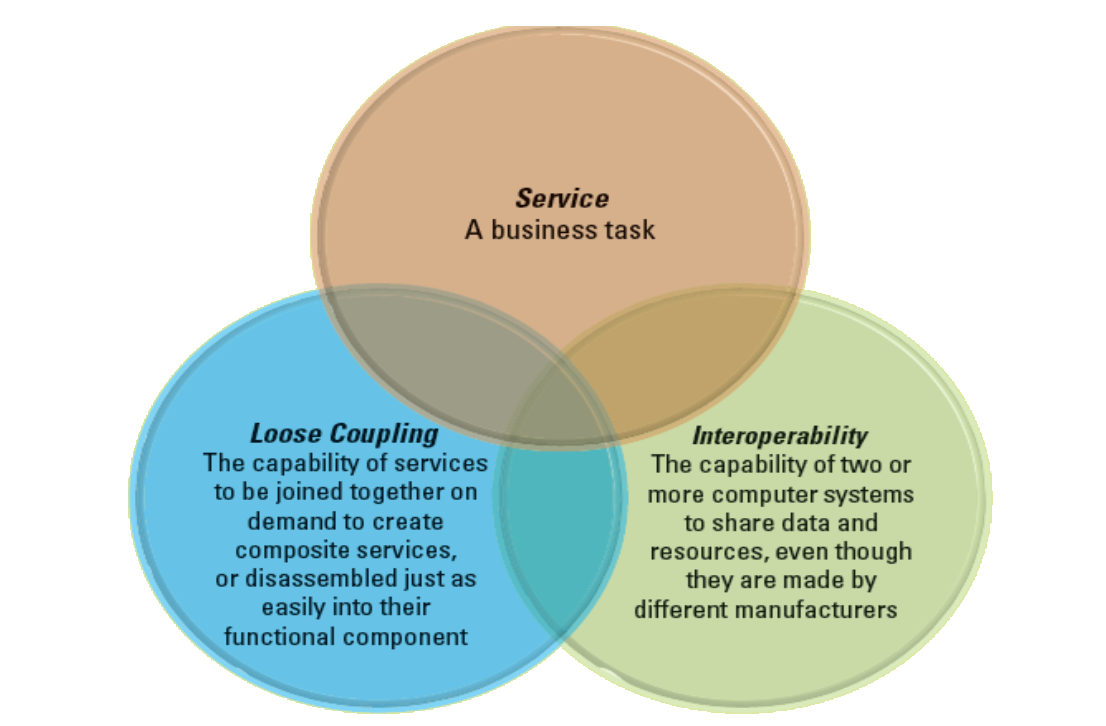CHAPTER EIGHTEEN - METHODOLOGIES FOR SUPPORTING AGILE ORGANIZATIONS
1/9
Earn XP
Description and Tags
A set of vocabulary flashcards covering key concepts related to software development methodologies and service-oriented architecture from the lecture notes.
Name | Mastery | Learn | Test | Matching | Spaced |
|---|
No study sessions yet.
10 Terms
What are different examples of software developement methodologies?
Waterfall
Agile
Rapid application development (RAD)
Extreme programming
Rational unified process (RUP)
Scrum
Waterfall Methodology
A sequence of phases in which the output of each phase becomes the input for the next.

Iterative Development
Consists of a series of tiny projects
Agile Methodology
Aims for customer satisfaction through early and continuous delivery of useful software components developed by an iterative process
using the bare minimum requirements
Rapid Application Development (RAD)
Emphasizes extensive user involvement in the rapid and evolutionary construction of working prototypes to accelerate the systems development process.
Prototype
A smaller-scale representation or working model of the users’ requirements or a proposed design for an information system.
The prototype is an essential part of the analysis phasewhen using a RAD methodology
Extreme Programming (XP)
Breaks a project into tiny phases, where developers cannot continue to the next phase until the first phase is complete.

Rational Unified Process (RUP)
Provides a framework for breaking down software development into four gates:
Gate 1: Inception
Gate 2: Elaboration
Gate 3: Construction
Gate 4: Transition.
Scrum
Uses small teams to produce small pieces of deliverable software using sprints, or 30-day intervals, to achieve an appointed goal.
Under this methodology, each day ends or begins with a stand-up meeting to monitor and control the development effort
Sprint = interation
Agile individuals like this method: may cost less than waterfall (could finish early, may only take a couple times, may not need to deliver a perfect product)
Service-Oriented Architecture (SOA)
A business-driven enterprise architecture that supports integrating a business as linked, repeatable activities, tasks, or services.
